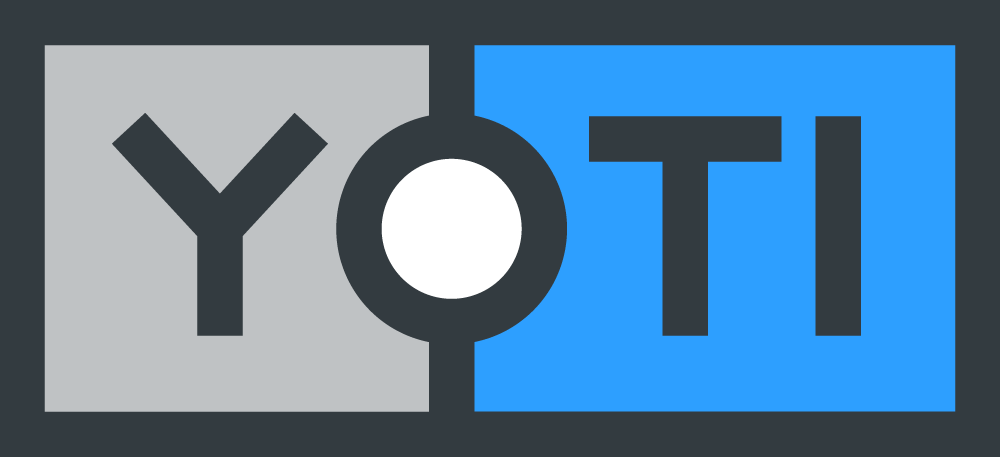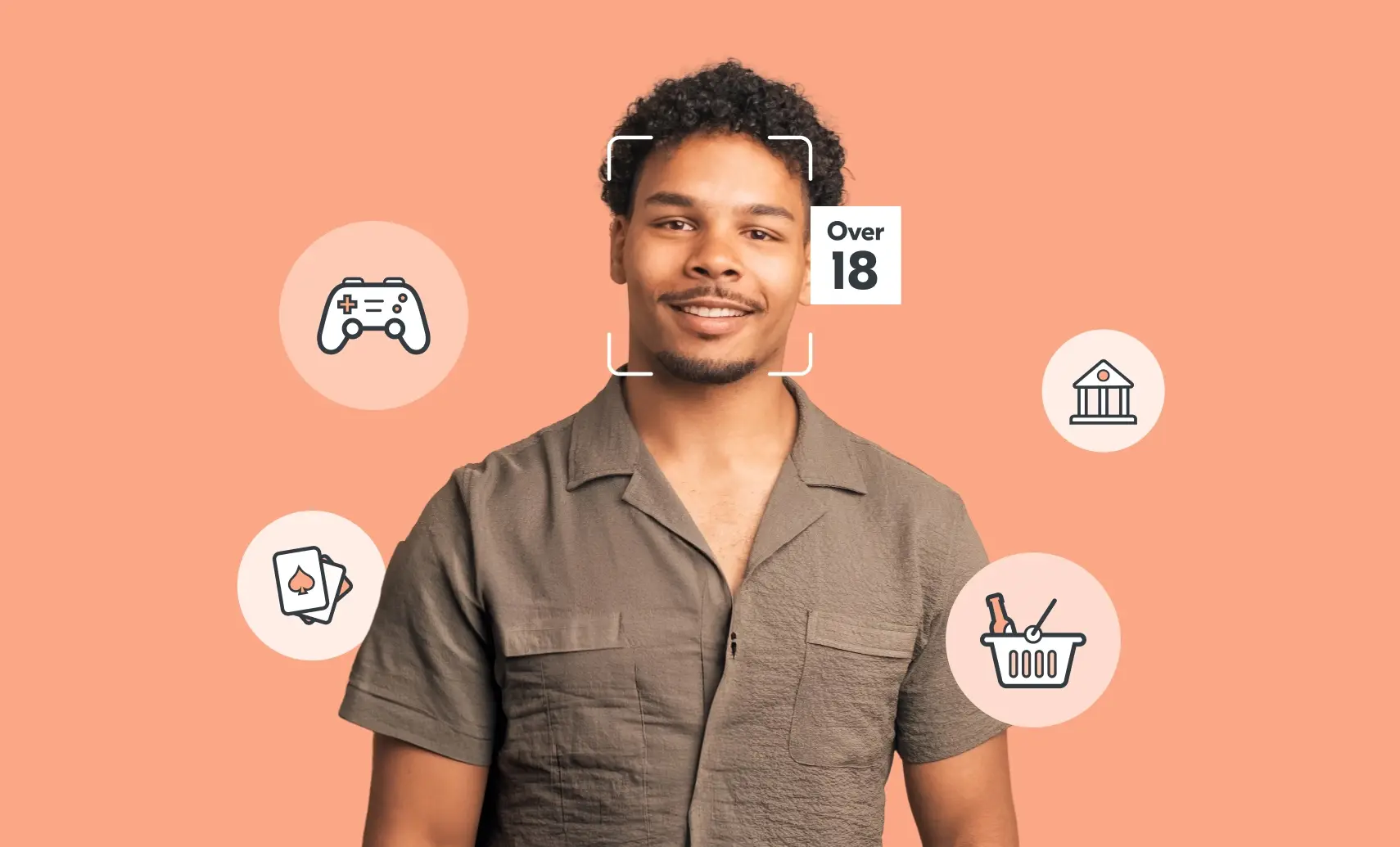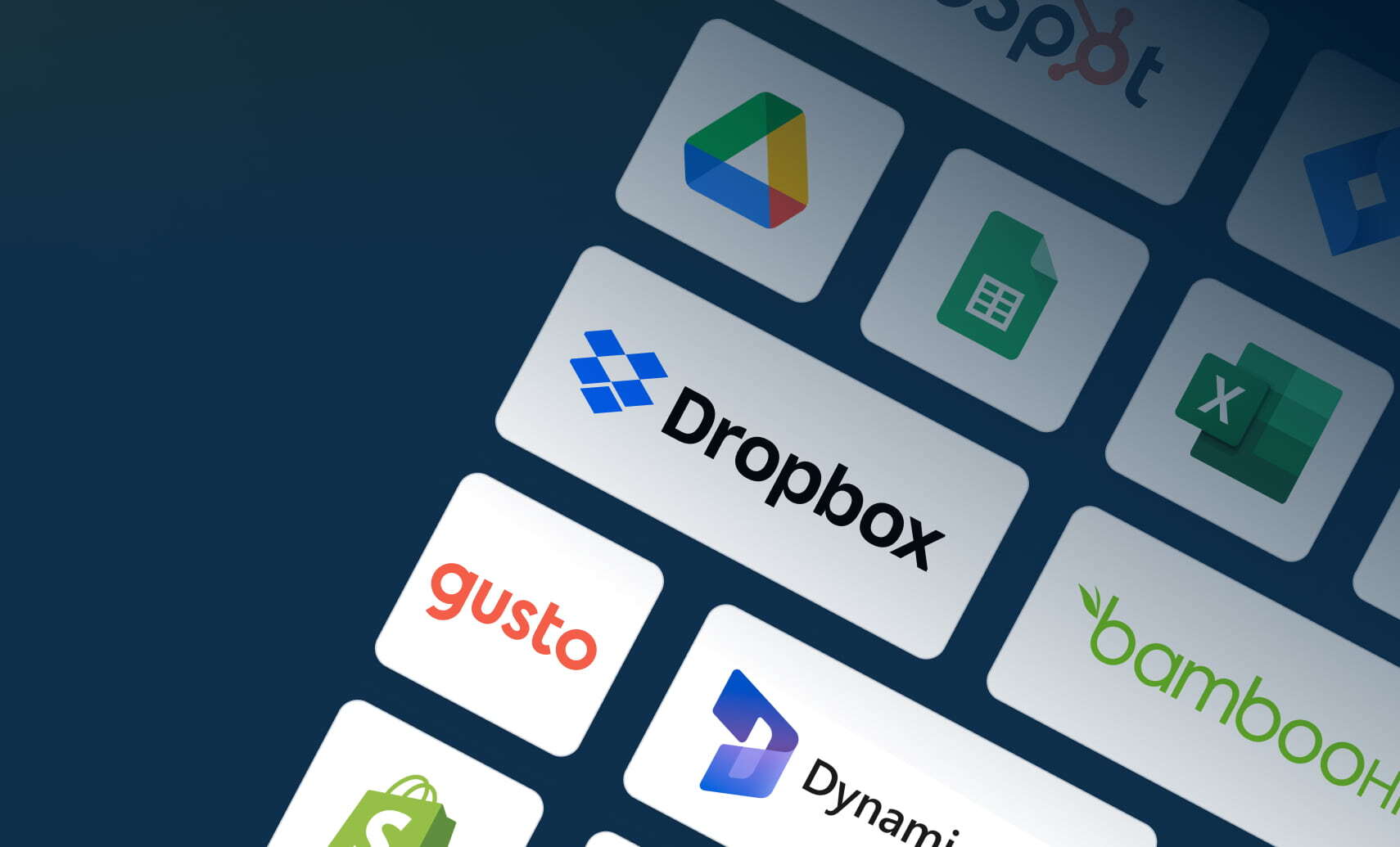Business
How the University of Sheffield uses Yoti to complete right to work checks in just 5 minutes
“With Yoti’s solution, we are delivering an efficient, accurate and streamlined right to work process; improving the overall candidate experience and meeting compliance with ease.” Rachael Eustice and Jo Schofield HR & Recruitment Services The university of Sheffield is renowned for the excellence, impact and distinctiveness of their research-led learning and teaching. We helped them: Make their onboarding processes more efficient for both successful candidates and the hiring department. Enhance the candidate experience while maintaining the highest levels of compliance. Solution: Right to work Industry: Education Read the case study
How Yoti’s facial age estimation is used across different industries
Checking users’ ages has never been more critical for businesses catering to diverse audiences. However, they’re faced with the challenge of effectively verifying the ages of their users whilst maintaining seamless and user-friendly experiences. Yoti’s facial age estimation is a secure, privacy-preserving way to do just that. Our technology is used across a variety of industries, both online and in-person. This includes retail, social media, dating, gaming, gambling and financial services. In this blog, we explore how businesses are using facial age estimation to create safer, more positive experiences for their users. What is facial age estimation? Facial
How Yoti and Sterling automated employment screening checks
“This partnership is a perfect example of how digital identity solutions can intersect with everyday processes to streamline, simplify, and elevate experiences for users. The collaboration with Yoti has been exciting and created a foundation for ongoing innovation as digital identity driven solutions are adopted globally, and pre- and post-hire use cases unfold.” Steven Smith President International at Sterling Safety and trust are at the centre of Sterling’s mission. Sterling relies on rigorously tested processes, proven best practices, unparalleled knowledge of a highly regulated and complex sector, and an unwavering commitment to keep companies and their workforces safe.
How Pioneering People digitised all identity checks
“Since implementing Yoti and having them check our 40k+ users’ identities, our experience so far has been seamless. Being a fintech platform where one of our main USPs is speed, it was vital that we partnered with a company that also valued that, alongside quality.” Rita Kastrati CEO at Pioneering People Pioneering People is a fintech matchmaking platform, connecting verified companies with verified workers. Pioneering people pays workers within 1-2 days of completing their shift and has a minimum hourly payment of £13.50 (above London Living Wage) per hour for all shifts. They work with companies in
2.5 million Scots are using myaccount and Yoti to improve everyday admin tasks
In 2014, the Improvement Service, the organisation for local government improvement in Scotland, launched myaccount, a single sign-on portal that gives citizens access to different online public sector services. The Improvement Service started working with Yoti as some public sector services require a higher level of identity assurance. Since launching, 50% of the eligible population (2.5 million people) are now using myaccount to make everyday admin tasks easier, quicker and more secure. Over one million National Entitlement Card (NEC) applications have been submitted online, with Yoti verifying the identity of every applicant. The time for someone to receive
Introducing integrations: making it easier for you to use Yoti
Today, we’re launching our integrations, helping businesses streamline identity and age verification processes and embed them within their existing software. So far, we have over 70 integrations. That’s more than any other identity company. Yoti integrates into over 70 of the biggest SAAS products From video conferencing platforms, HR platforms, customer relationship management (CRM) tools and financing and accounting software, you can benefit from our verification solutions without the expensive integration costs. We’ll build, monitor and manage the integrated systems you choose – there’s no need to allocate the time and resources of your team. Streamlining verification processes within






